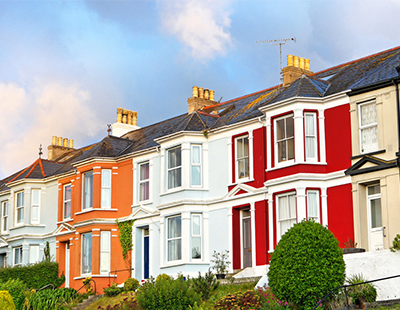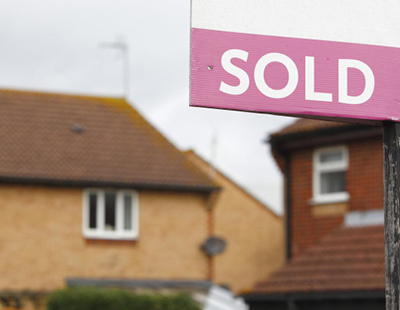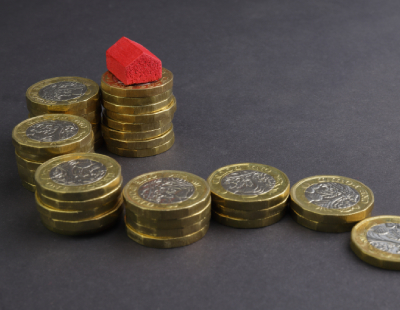Demand for all types of houses, from terraced to detached, has more than doubled in the current housing market - creating a disparity in average price growth when compared to flats.
A new report from Zoopla shows that family homes are most popular amongst buyers, with demand up 114 per cent compared to levels typically seen at this time of year between 2017 and 2019.
While flats and houses recorded almost equal price growth of 1.4 and 1.9 per cent respectively in June 2020, the pandemic ‘search for space’ has driven prices for houses up 7.3 per cent over the past year.
By contrast, demand for flats has failed to keep pace and, as a result, prices growth is lagging at just 1.4 per cent, the same rate of growth seen last year.
Price growth for houses is highest in Wales at 10.2 per cent and the North West at 8.8 per cent; it’s weakest in London at 5.6 per cent. Meanwhile, price growth for flats is highest in Scotland at 5.2 per cent and East Midlands at 3.7 per cent; again the weakest spot is London where prices have actually fallen 0.5 per cent.
In its more general market summary, Zoopla says UK house prices have reached a new high, averaging £230,700 per property and now tracking 30 per cent above the 2007 market peak.
House price growth was up 5.4 per cent year on year in June, more than double the year on year price growth recorded 12 months ago, when annual house price inflation was tracking at 2.2 per cent.
Zoopla says prices are kept high by a severe shortage of homes for sale.
There has been a 25 per cent fall in the volume of homes for sale in the first half of the year compared to the same period in 2020. Supply has now failed to keep pace with demand since January 2021, with no sign of a rebalance expected to play out imminently.
Transaction volumes also show no signs of abating, with sales agreed running 22 per cent ahead of average levels in 2020. That said, buyer demand dipped nine per cent in the first half of July after the initial stamp duty holiday ended, but overall remains elevated - up 80 per cent compared to the average for this time of year in the more ‘normal’ market conditions in 2017 to 2019.
The portal forecasts that price growth will edge upwards to six per cent in the coming months before easing back towards the end of the year as the impact of the extended stamp duty holiday unwinds and the economic landscape becomes more challenging.
“Demand is moderating from record high levels earlier in the year, but remains significantly up from typical levels, signalling that above average activity levels will continue in the coming months” explains Grainne Gilmore, head of research at Zoopla.
“Demand for houses is still outstripping demand for flats. To a certain extent this trend will have been augmented by the stamp duty holiday, with bigger savings on offer for larger properties - typically houses. But underneath this, there is a continued drumbeat of demand for more space among buyers, both inside and outside, funnelling demand towards houses, resulting in stronger price growth for these properties” she continues.
”London has a two-speed market at present, with domestic demand driving price growth in the outer boroughs, while the lack of international business and leisure travel is affecting demand in the more global real estate markets towards the centre of London. As Covid progresses at different rates across the world, unrestricted travel may not resume for some time yet, but when it does, demand will start to pick up once more.
“Overall buyer demand coupled with constrained supply signal that price growth will continue to rise in the coming months, peaking at around six per cent, before falling back to between four and five per cent by the end of 2021.”

























Join the conversation
Be the first to comment (please use the comment box below)
Please login to comment